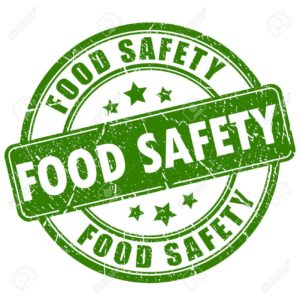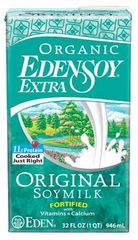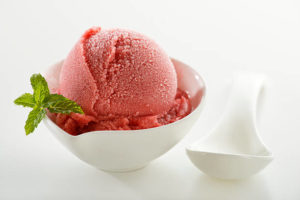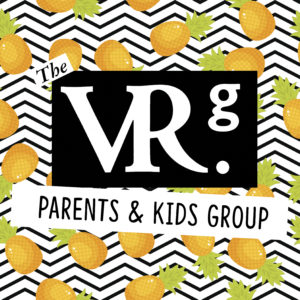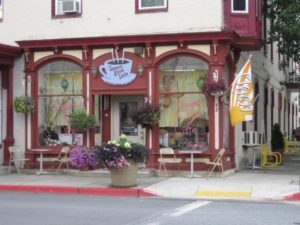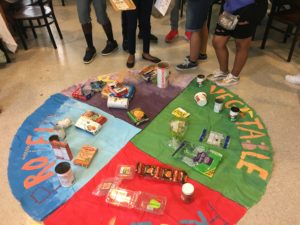A Vegan Diet May Reduce the Risk for Developing Type 2 Diabetes in Overweight Adults

The review of the Journal article below was written by Liz Tarolli, VRG Voluteer.
In response to the rise in blood sugar after a meal, insulin is released by cells in our pancreas called beta-cells. Insulin works by allowing the sugar in our blood to enter cells in our body and be used for energy. If our body’s cells no longer respond to the effects of insulin (this failure to respond is called insulin resistance), then our blood sugar levels become dangerously high (hyperglycemia) and we develop type 2 diabetes. Besides insulin resistance, another factor in type 2 diabetes is the reduced function of our beta-cells. Some data has shown that beta-cell function may be influenced by diet and exercise.
In a study funded by the Physicians Committee for Responsible Medicine, the researchers tested whether a low-fat vegan diet could improve beta-cell function and insulin resistance. They used a randomized, controlled 16-week trial that included 75 adults who were overweight or obese with no history of diabetes. The intervention group was asked to follow a low-fat vegan diet that consisted of 75% of calories from carbohydrates, 15% from protein, and 10% from fat. The participants were not provided with meals; however, they were directed to consume a diet that consisted of whole grains, legumes, vegetables, and fruit. The control group was asked to make no dietary changes. When the groups were compared, the researchers found that the intervention group had decreased insulin resistance and improved markers of beta-cell function. The intervention group increased their intake of carbohydrates and fiber, while decreasing their intake of cholesterol, protein, and total fat. Additionally, their BMI was reduced significantly. These results demonstrate that individuals who are overweight or obese, but have no history of diabetes, may benefit from a high-carbohydrate, low-fat, vegan diet. The improvements in beta-cell function and sensitivity to insulin that were seen in this study may reduce the risk of developing type 2 diabetes.
Kahleova H, Tura A, Hill M, Holubkov R, Barnard ND. A plant-based dietary intervention improves beta-cell function and insulin resistance in overweight adults: a 16-Week randomized clinical trial. Nutrients. 2018; 10(2):pii: E189.
The contents of this posting, our website, and our other publications, including Vegetarian Journal, are not intended to provide personal medical advice. Medical advice should be obtained from a qualified health professional. We often depend on product and ingredient information from company statements. It is impossible to be 100% sure about a statement, info can change, people have different views, and mistakes can be made. Please use your best judgment about whether a product is suitable for you. To be sure, do further research or confirmation on your own.

